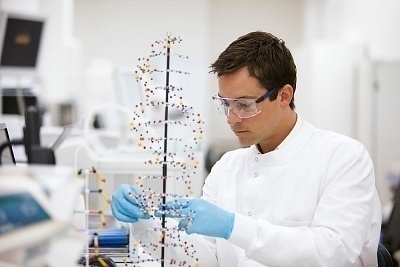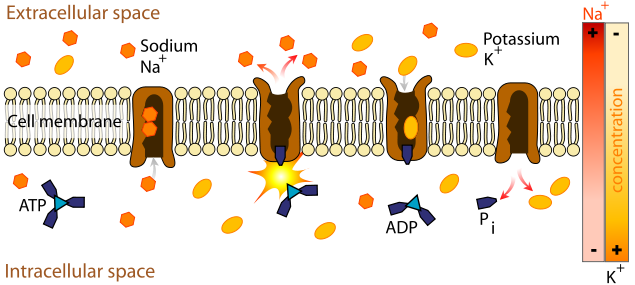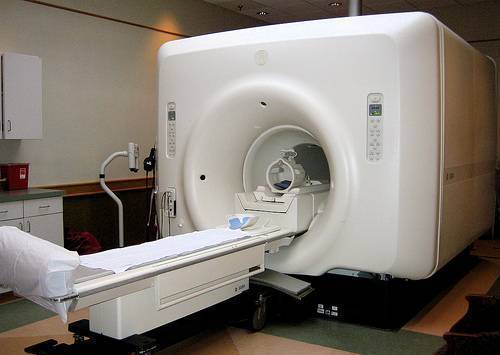DNA fingerprinting is the process of taking a cell sample from a person and analyzing it. This technique involves analyses of less than 0.1% of human DNA (which is different for each person). Though small, this 0.1% of DNA is enough to distinguish one individual from another and can be used to determine maternity/ paternity or the identity of a person, whether dead or alive. DNA fingerprinting should not be confused with the traditional idea of fingerprinting (making an imprint of a person’s fingerprints in ink).
What is DNA?
Every living organism has a specific strand of “markers” that tell the body how to structure itself. These markers are called deoxyribonucleic acid or DNA. DNA contains all the information needed to create a living organism (for example, characteristics like eye color, skin color, hair color and personality features are determined by DNA). 
What is DNA Fingerprinting?
While most of our DNA is the same, certain percentage of DNA is different for each person. Because of this difference, we are all genetically unique even though we share many of the same characteristics. DNA fingerprinting involves analyzing these differences to figure out if two samples of DNA come from the same person, family members, or people that have no connection whatsoever.
How DNA Fingerprinting Works
DNA fingerprinting was first used in 1984 by Sir Alex Jeffreys. Jeffreys started his work at the University of Leicester. His DNA fingerprinting methods helped establishing some of the world’s largest DNA databases. By 1987, Jeffrey’s DNA fingerprinting was released to the public and became commercially available.
DNA fingerprinting involves taking a sample of a person’s DNA by collecting blood, saliva, semen, hair, or any other type of sample that is available. The sample is then analyzed by using one of the following methods: RFLP Analysis, PCR Analysis, STR Analysis, AmpFLP, DNA Family Relationship Analysis, Y Chromosome Analysis, or Mitochondrial Analysis. The sample is then stored and compared to other DNA profiles in a database to see if these samples match.
What Is DNA Fingerprinting Used For?
1. Lineage
DNA fingerprinting can be used to determine if two people are related. DNA fingerprinting can also be used to trace heritage back for generations. DNA fingerprinting can help determine if there is any relation between a person and people who have been dead for centuries, if bones have been preserved.
2. Law Enforcement
Forensics teams can analyze DNA found at a crime scene, whether it be blood, hair, semen, or skin samples, and compare it with DNA samples found in a DNA database. DNA fingerprinting can also be used to identify a victim even if the person is disfigured beyond recognition and dental records cannot be established. DNA fingerprinting helps prove suspects guilty or set innocent people free when earlier evidence has proven them guilty. DNA fingerprinting is not perfect and there is still much controversy over whether it can be used in a court of law. Still, it remains an important part of our criminal justice system.
3. Personal Identification
Although DNA is the ultimate bar code, it would be too expensive to use DNA fingerprinting for personal identification. Other means of identification such as picture ID and social security numbers (although both can be faked) are still commonly used. However, certain situations require the use of DNA to identify a person. In fact, sometimes it is the only way.
Advantages
DNA fingerprinting has several important advantages that make it very reliable means of determining a person’s identity. This is mostly due to the fact that no two persons have identical DNA (although DNA can be taken from a person’s relative).
Disadvantages
Although DNA fingerprinting can be advantageous, it also has several disadvantages. For example, DNA fingerprinting is not 100% foolproof and it is still unclear whether DNA fingerprinting can be considered enough evidence to convict an individual in a court of law.




Follow Us!